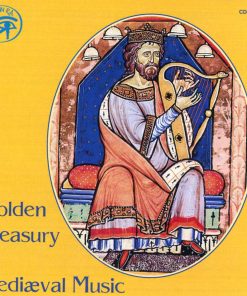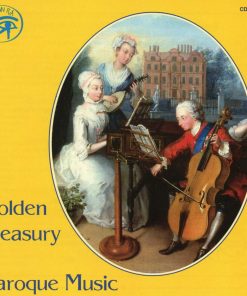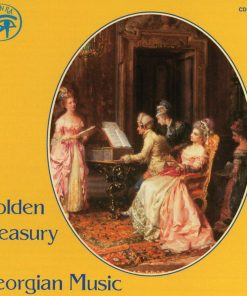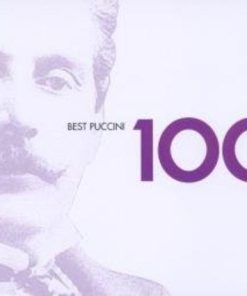Rogier: Missa Ego sumqui sum – Magnificat Ensemble LINN
$ 2,99 $ 1,79

A fascinating exploration of this neglected Franco-Flemish composer.
Take a 16th century Flemish composer who worked in Italy, France or Germany and you may well have heard of him. Guillaume Dufay, Josquin des Près and Orlandus Lassus have achieved lasting fame and have warranted the greatest attention in contemporary Renaissance studies. Take a Flemish composer of no lesser ability who spent almost all of his creative life in Spain, however, and it is a very different story. The Spanish were not very keen because it was an import from Flanders: the Belgians are not very interested because it all happened in Spain…
This dilemma dogs the careers of many artists working abroad, but few so much as the Flemish musicians whom Emperor Charles V and his successor King Philip II exported to his court in Madrid in the 16th century. There is a long line of them including Pierre de Manchicourt, Gérard de Turnhout, George de La Hèle, Philippe Rogier – and they are all unfamiliar names.
Philippe Rogier (1561-1596) was appointed chapelmaster to King Philip II of Spain in 1586 and composed some 250 works before his untimely death at the age of 35. A native of Flanders, Rogier lived and worked almost all his life in Spain and his music combines the poise and skill of the northern Franco-Flemish polyphonic tradition with the greater emotional intensity of southern Europe.

Heu mihi Domine
04:10
Laboravi in gemitu meo
05:28
Vias tuas
07:46
Ego sum qui sum (motet)
07:34
Missa Ego sum qui sum: i Kyrie
05:24
ii Gloria
07:48
iii Credo
10:34
iv Sanctus & Benedictus
06:03
v Angus Dei
03:15
Taedet animam meam
04:14
Peccavi quid faciam tibi
06:35
Dominus regit me
05:38
Fast Shipping and Professional Packing
Due to our longstanding partnership with UPS FedEx DHL and other leading international carriers, we are able to provide a range of shipping options. Our warehouse staff are highly trained to pack your goods exactly according to the specifications that we supply. Your goods will undergo a thorough examination and will be safely packaged prior to being sent out. Everyday we deliver hundreds of packages to our customers from all over the world. This is an indication of our dedication to being the largest online retailer worldwide. Warehouses and distribution centers can be located in Europe as well as the USA.
Orders with more than 1 item are assigned processing periods for each item.
Before shipment, all ordered products will be thoroughly inspected. Today, most orders will be shipped within 48 hours. The estimated delivery time is between 3-7 days.
Returns
The stock is constantly changing. It's not entirely managed by us since we are involved with multiple parties such as the factory and our storage. The actual stock can fluctuate at any time. Please understand it may happen that your order will be out of stock when the order is placed.
Our policy is valid for 30 days. If you haven't received your product within 30 days, we're not able to issue either a return or exchange.
You are able to return a product if it is unused and in the same condition when you received it. It must also still remain in the original packaging.
Related products
MUSIC CDS
MUSIC CDS
MUSIC CDS
MUSIC CDS
MUSIC CDS
MUSIC CDS
MUSIC CDS
MUSIC CDS
MUSIC CDS
MUSIC CDS
MUSIC CDS
MUSIC CDS

























































